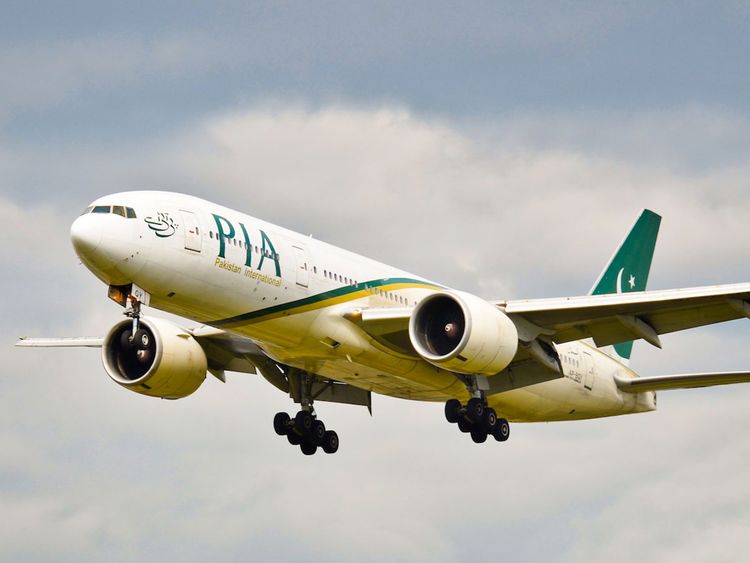Airline Industry Dynamics: Navigating Change and Future Frontiers
The late 20th century marked a transformative era for airlines, breaking free from regulatory constraints and ushering in an era of intensified competition.
This evolution mirrored a similar trajectory observed in the case of Pakistan International Airline (PIA), once a profitable player in a monopolized domestic market.
The landscape shifted dramatically in the 1990s, with the entry of 12 private airlines into the domestic market and the signing of the Dubai-Karachi open sky agreement.
This move heightened competition, leading to financial challenges for PIA.
The opening of the northern corridor, covering key cities like Islamabad, Lahore, and Peshawar, allowed foreign airlines to operate international flights from these locations, diverting passengers away from the traditional hub in Karachi.
In an attempt to stay competitive, PIA leased fourteen Boeing aircraft in 1999 and 2002. However, the global trend, exemplified by privatized giants like British Airlines and Lufthansa, was shifting towards the low-cost carrier (LCC) model.
PIA’s transition to an LCC involved a comprehensive regulatory framework, encompassing property, competition, corporate, dispute settlement, and environmental laws.
Across the seas, the Aviation Act of 1980 played a pivotal role in the two-decade-long process of British Airlines (BA) privatization, reshaping the aviation landscape in the United Kingdom.
In Europe, a cautious three-phased strategy aimed to liberalize intra-Union flights, challenging established carriers like Lufthansa.
Faced with heightened global competition, Lufthansa underwent a significant restructuring initiative, Program 93, which involved cost-cutting measures, workforce reductions, and strategic global partnerships.
The spillover effects of airline privatization reached beyond operational realms to impact capital markets. The privatization of Lufthansa, for example, gave rise to “Finanzplatz Frankfurt” and the adoption of the book-building method, addressing capital outflows and calls for increased transparency.
The privatization trend extended to airports and related services, not without its share of challenges. The 2008 IATA Annual Report shed light on the rising costs and uneven efficiency gains associated with the process of commercialization.
In Pakistan, the National Aviation Policy 2015 recognized operational losses in various airports, advocating for the adoption of Public-Private Partnership (PPP) models to revitalize struggling airports.
The proposed model for public-private partnerships, particularly the build-operate-transfer (BOT) approach, gained traction.

For PIA, the journey toward revitalization encompassed strategic fleet planning, workforce restructuring, and public-private partnerships.
The adoption of a land commercialization policy by the Pakistan Civil Aviation Authority (PCAA) was proposed, aiming to unlock the non-aeronautical potential of airport land for commercial and recreational purposes in remote or nonoperational airports.
